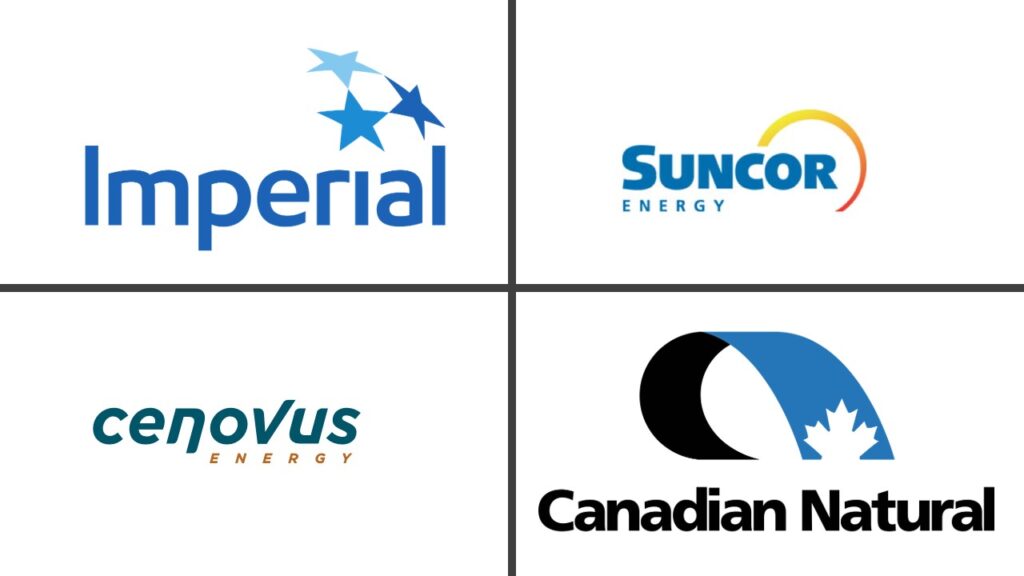“Now the real work starts.” These words from Prime Minister Mark Carney marked the rapid passage of Bill C-5, which grants sweeping powers to his cabinet to fast-track infrastructure projects. While his recent meeting with Canada’s premiers was described as a love-in, the love may be short lived if certain powerful industries don’t get the pony they thought they were promised.
I speak of course of the oil patch and their relentless demands for more pipelines, whether they are needed or not. The long-dead Northern Gateway proposal to B.C.’s north coast seems to be top of the fossil fuel wish list, backed up by recent comments from Carney. However, Bill C-5 contains clear criteria prioritizing only projects that meet the following five conditions:
- strengthen Canada’s autonomy, resilience and security;
- provide economic or other benefits to Canada;
- have a high likelihood of successful execution;
- advance the interests of Indigenous peoples; and
- contribute to clean growth and to meeting Canada’s objectives with respect to climate change.
Let’s unpack the prospect of a revived Northern Gateway oil pipeline and see how it stacks up to the five criteria laid out in C-5.
Resilience and Security
Carney has been unvarnished in his assessment of the risks facing middle powers like Canada: “if they’re not at the table, they’re on the menu.” Defending Canada’s sovereignty is clearly a top priority of his government that has committed an additional $100 billion in military spending annually needed to meet his stated goal of 5 percent of GDP.
So how do we build infrastructure and energy systems that are resilient and secure in an increasingly destabilized world? The illegal war in Ukraine provides important lessons regarding worst-case military scenarios that reflect badly on pipeline projects.
Russia systematically destroyed almost 70 percent of centralized Ukrainian power facilities, impacting 24.5 gigawatts of generating capacity. Ukraine responded by scaling up smaller distributed systems including rooftop solar with energy storage on public buildings. According to a recent report from the International Energy Agency (IEA), “In contrast with other countries, where decentralisation has been driven by sustainability concerns, the clear driver in Ukraine is energy security.”
Similar security concerns are leading many European countries to embrace distributed energy generation to increase resilience in the face of potential Russian aggression. Poland, Lithuania and Estonia have seen massive build outs of solar capacity despite having decidedly un-tropical conditions. Solar generation “tends to be a lot more decentralized,” Mitchell Orenstein, senior fellow at the Foreign Policy Research Institute told Reengineer. “It’s hard to knock out.”
Pipelines on the other hand present an expensive and vulnerable military target to hostile foreign powers as seen in recent conflicts. Ukraine was likely behind attacks this year on gas and water pipelines supplying military facilities in Russia’s far east. Israel targeted two gas pipelines inside Iran in 2024 in an effort to destabilize their regional adversary.
As Carney considers where to spend scarce political and monetary capital, is it wise to invest billions in centralized fossil fuel infrastructure that will further destabilize the climate while also being vulnerable to foreign military aggression?
Economic Benefits to Canada
Divisive debates around new oil pipelines are often based more on rhetoric than reasoning. Let’s instead unpack the hard facts of where global energy demand will be five years from now when a revived Northern Gateway project might come online at the earliest.
The obvious presumed market for new pipeline to the BC north coast is China. However, oil consumption in China may have already peaked this year due to a massive rollout of electric vehicle technology that leads the world.
The pace of this clean tech transformation is moving so quickly the International Energy Agency just accelerated their predicted global peak oil demand to 2029, and are projecting an 8 million barrel per day supply glut by 2030. This is grim news for Alberta since every dollar decline in global oil prices puts a $750 million hole in the provincial budget.
Alberta Premier Danielle Smith is predictably dismissive of such inconvenient truths, calling the IEA — which represents 32 countries including Canada — “no longer credible.” If the IEA has a credibility problem, it’s for consistently underestimating the pace of the global energy transformation dating back decades.
Basing multi-billion-dollar energy infrastructure decisions on wishful thinking or oil patch bluster is not how we are going to build Canada strong and free.
Likelihood of Success
Do oil pipeline projects “have a high likelihood of successful execution”? This could be a straight line in a Canadian comedy routine. The original Northern Gateway pipeline proposal failed due to botched Indigenous consultation. Energy East was cancelled by the proponent before the environmental assessment was complete due to deteriorating economics.
The Keystone XL pipeline was cancelled by the U.S. government and TC Energy walked away from the project even though the Alberta government committed $6 billion in loan guarantees and a $1.5 billion equity investment. Alberta taxpayers lost at least $1.3 billion, or about $800 per household on this ideological blunder.
The Trans Mountain expansion (TMX) cost taxpayers $34 billion and took eight years to build. It is projected to contribute $2.8 billion in additional tax revenue over the next 20 years. That means that by 2043, Canadians will only be out of pocket $31 billion. If the pipeline is ever sold, taxpayers will likely lose $18 billion due to inadequate pipeline tolls. If oil companies contesting the current tolls succeed in lowering them further, the math gets even worse for taxpayers. With no private sector partners in sight, presumably the public would be footing the bill for a new oil pipeline to Kitimat. Are we really considering doing this again?
Advancing the Interests of Indigenous Peoples
Oil enthusiasts might want to debate nuances within the phrase: “the interests of Indigeous peoples.” Or you could just ask First Nation leaders on the northern coast.
“There is no project or proponents that would be acceptable to us on the North Coast,” said Marilyn Slett, elected chief councillor of the Heiltsuk Tribal Council and President of the Coastal First Nations-Great Bear Initiative (CFNGBI) regarding a new pipeline through their traditional territories. “Anything that proposes to send oil through the coast is a non-starter.”
The original Northern Gateway proposal was killed by the courts due to fierce Indigenous opposition and that opposition remains clear and steadfast. A major tanker spill would cost over $9 billion to clean up and still devastate local fisheries and coastal ecosystems.
Does this mean that Indigenous peoples are opposed to all resource development? Absolutely not. The B.C. government recently announced the approval of nine windfarm projects totaling $6 billion in private capital, all of which have significant First Nations equity.
“The future of our coast, and of our country, still lies with clean, safe, and reliable energy projects. Our communities have been working tirelessly to replace fossil fuels with alternatives like solar and run-of-river hydroelectric, and we have been incredibly successful,” said the CFNGBI representing nine First Nations on the B.C. north coast.
How about the Carney government supporting more of that?
Meeting Canada’s Climate Change Objectives
The last criteria alone should be a showstopper for any significant investment in fossil fuel infrastructure. Any talk of decarbonized oil should be greeted by the derision it deserves.
Doublespeak aside, the only reason the oil patch wants additional pipeline capacity is in hopes of increasing fossil fuel extraction. Our significant trading partners in Europe are leaving Canada in the dust in the race to deploy clean energy and reduce emissions. Given that oil and gas production already accounts for 28 percent of Canada’s emissions, scaling up more production is only going to make Canada’s wretched climate record even worse.
Bill C-5 grants Carney’s cabinet almost wartime powers – arguably an appropriate response to the multiple threats facing our remarkable country. But Carney’s credibility hinges on whether the five criteria within this audacious law are respected and taken seriously. And by that yardstick, any new pipeline proposal to the B.C. north coast fails to measure up.
Subscribe to our newsletter
Stay up to date with DeSmog news and alerts






